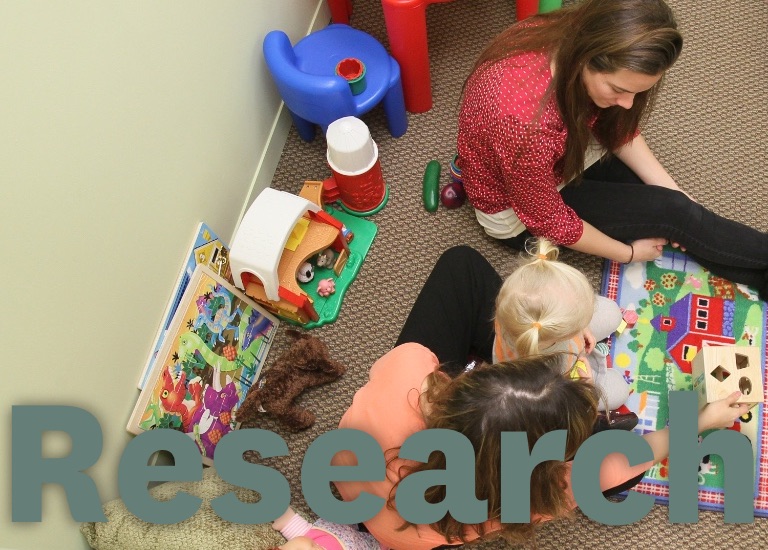Big Data Neuroimaging to Predict Motor Behavior After Stroke
Principal Investigator: Sook-Lei Liew PhD, OTR/L, FAOTA
Co-Investigator: Judy Pa PhD (Keck School of Medicine of USC); Paul Thompson PhD (USC Mark and Mary Stevens Neuroimaging and Informatics Institute)
Period
Apr 2017 – Dec 2020
Total funding
$802,315
The overall goal of this project is to provide personalized, precise rehabilitation medicine to individuals after stroke by developing accurate predictive models that help detect who will recover and best respond to different types of post-stroke treatments. Using a novel meta-analytic approach, this project will harmonize the ENIGMA Center for Worldwide Medicine, Imaging, and Genomics datasets of brain imaging and behavioral information across sites worldwide in order to develop a large dataset with thousands of participants. Advanced statistical and machine learning techniques will then be applied to this dataset in order to detect robust neural and behavioral biomarkers that can be used to predict stroke recovery and to personalize treatments across diverse populations.
This project has four specific aims: Aim 1 will leverage ENIGMA’s existing methodology to develop the infrastructure, optimal methods and analysis techniques for harmonizing a large dataset of post-stroke MRI and behavioral data. Aim 2 will use this large dataset to identify neural and behavioral biomarkers predicting recovery of motor impairment (e.g., actual arm movement ability) and recovery of function (e.g., ability to perform tasks, such as picking up objects with the affected arm). Aim 3 will use supervised machine learning to generate and fine-tune highly accurate predictive models of the relationship between these biomarkers and recovery of impairment versus function. Lastly, Aim 4 will use unsupervised machine learning techniques to examine shared properties of outliers from the predictive model and determine additional neurobiological mechanisms that may prevent individuals from recovering. This approach has the potential to revolutionize the way that rehabilitation research is validated, to ensure robust, reliable and reproducible results. The methods developed here could be extended to other domains of recovery (language, gait), to study other predictors of recovery (functional brain activity, genomics), and to other clinical populations to improve rehabilitation overall.
The 3K01 HD091283-02S1 supplement, awarded through NIH’s Alzheimer’s Disease and Related Dementias initiative, is to maximize the impact of the current NICHD-funded K01 by utilizing its unique large stroke MRI dataset to discover new neural and genetic relationships between stroke recovery and Alzheimer’s disease and related dementias (AD/ADRD).
Funding
| Type | Source | Number | Amount | Period |
|---|---|---|---|---|
| Federal | NIH / NICHD (Alzheimer’s Disease and Related Dementias Administrative Supplement) | 3K01 HD091283-02S1 | $269,551 | |
| Federal | NIH / Eunice Kennedy Shriver National Institute of Child Health and Human Development (NICHD) | 1K01 HD091283-01 | $532,764 | Apr 2017 – Dec 2020 |





